Rising Demand from Automotive Sector
The automotive sector in East Africa is experiencing notable growth, which is positively impacting the East Africa Flat Glass Market. As vehicle production increases, the demand for automotive glass, including windshields and side windows, is also on the rise. This trend is supported by the expansion of local automotive manufacturing facilities and the influx of foreign investments in the region. Recent statistics indicate that the automotive market in East Africa is expected to grow at a rate of 8% annually, thereby creating substantial opportunities for flat glass manufacturers. Consequently, the East Africa Flat Glass Market is likely to adapt to this demand by enhancing product offerings tailored to the automotive sector.
Urbanization and Infrastructure Development
The rapid urbanization in East Africa is a pivotal driver for the East Africa Flat Glass Market. As cities expand, the demand for residential and commercial buildings increases, leading to a surge in construction activities. This urban growth is accompanied by a rising middle class, which is likely to enhance the demand for modern housing solutions. According to recent data, the construction sector in East Africa is projected to grow at a compound annual growth rate of approximately 6.5% over the next five years. Consequently, the East Africa Flat Glass Market is expected to benefit from this trend, as flat glass is essential for windows, facades, and interior design, thereby driving sales and innovation in the sector.
Sustainability and Green Building Initiatives
The increasing emphasis on sustainability and eco-friendly practices is reshaping the East Africa Flat Glass Market. With a growing awareness of environmental issues, there is a notable shift towards green building materials, including energy-efficient flat glass. This trend is driven by both regulatory frameworks and consumer preferences for sustainable construction practices. The East African governments are implementing policies that encourage the use of environmentally friendly materials, which could potentially boost the demand for flat glass products that meet these standards. As a result, the East Africa Flat Glass Market may see a rise in the production and consumption of sustainable glass solutions, aligning with global sustainability goals.
Technological Innovations in Glass Manufacturing
Technological advancements in glass manufacturing processes are significantly influencing the East Africa Flat Glass Market. Innovations such as automated production lines and energy-efficient manufacturing techniques are enhancing the quality and reducing the costs of flat glass products. These advancements not only improve production efficiency but also cater to the growing demand for high-performance glass solutions. The introduction of smart glass technologies, which can adjust transparency based on environmental conditions, is also gaining traction. As a result, manufacturers in the East Africa Flat Glass Market are likely to invest in research and development to stay competitive and meet evolving consumer preferences.
Government Infrastructure Projects and Investments
Government initiatives aimed at infrastructure development are significantly influencing the East Africa Flat Glass Market. Various East African nations are investing heavily in infrastructure projects, including roads, bridges, and public buildings, which require substantial amounts of flat glass. These projects are often funded through public-private partnerships, leading to increased construction activities across the region. For instance, the East African Community has outlined ambitious plans for regional infrastructure improvements, which could potentially drive demand for flat glass products. As these government projects progress, the East Africa Flat Glass Market is expected to experience growth, driven by the need for high-quality glass solutions in large-scale construction.


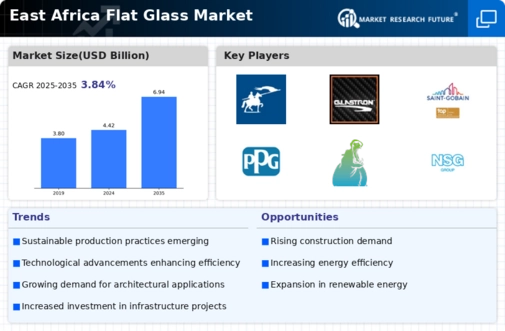
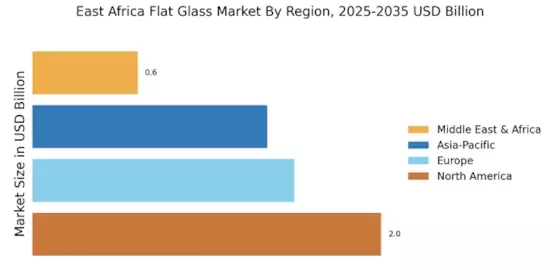
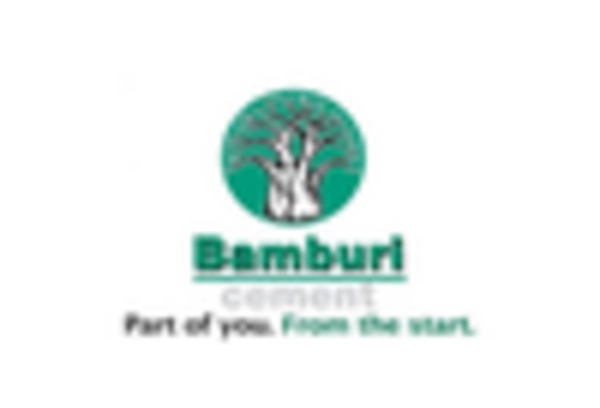
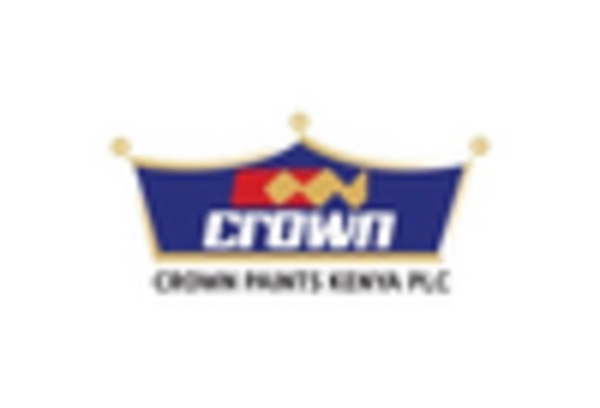

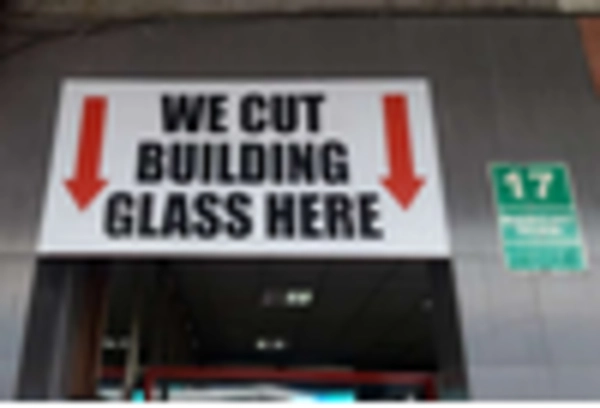

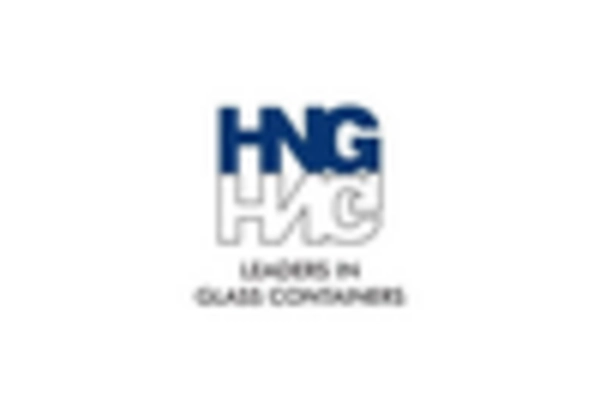








Leave a Comment